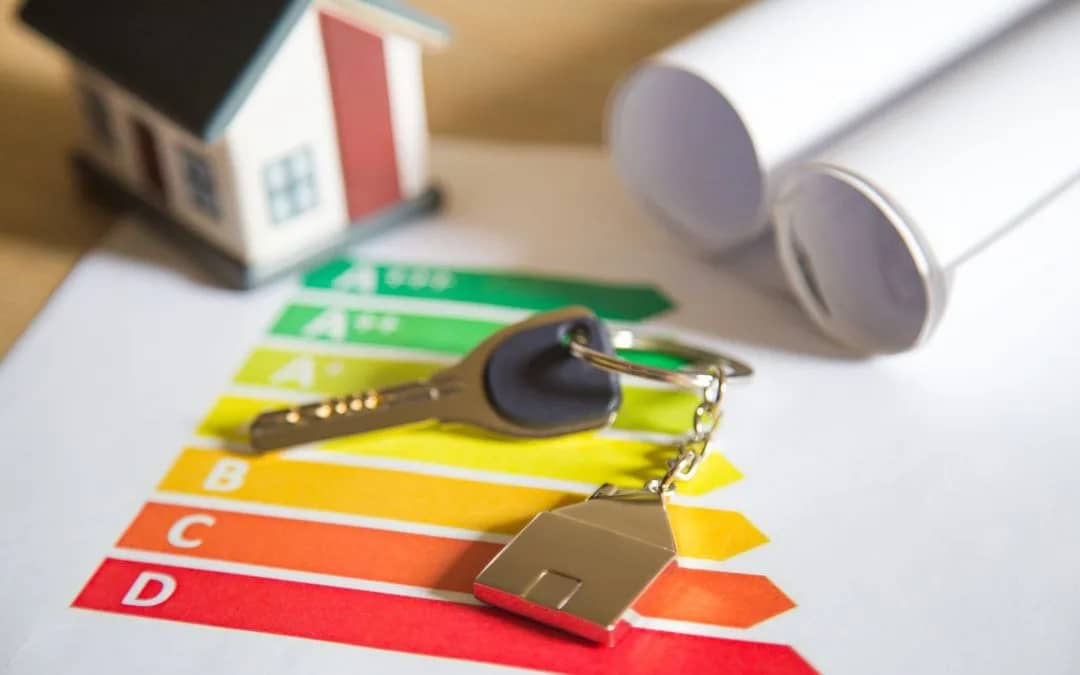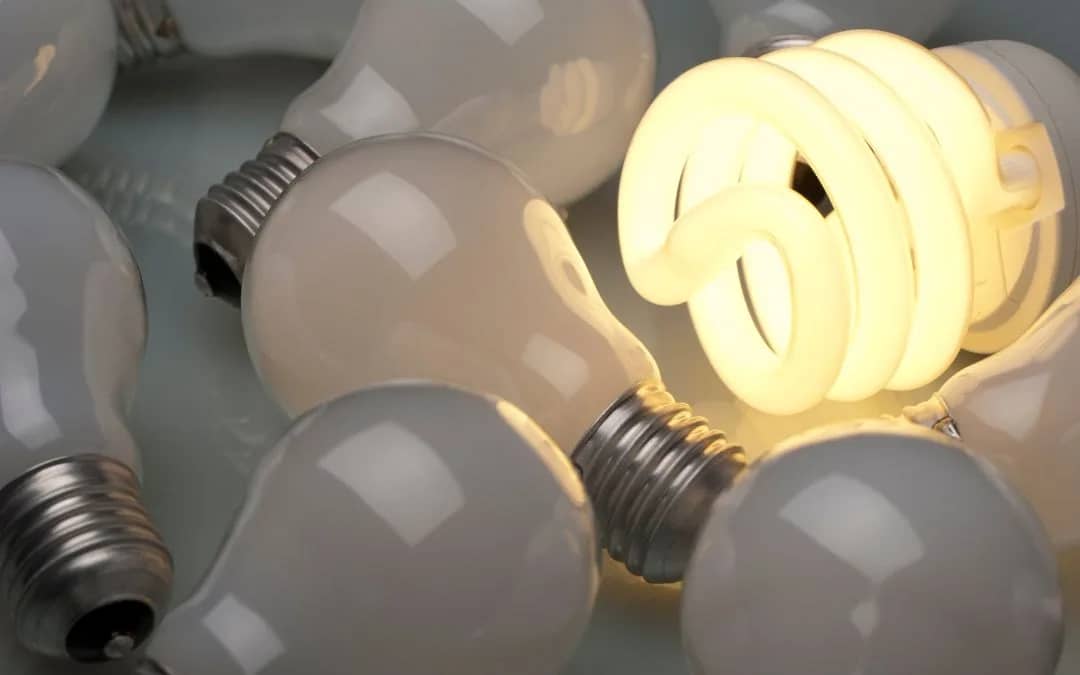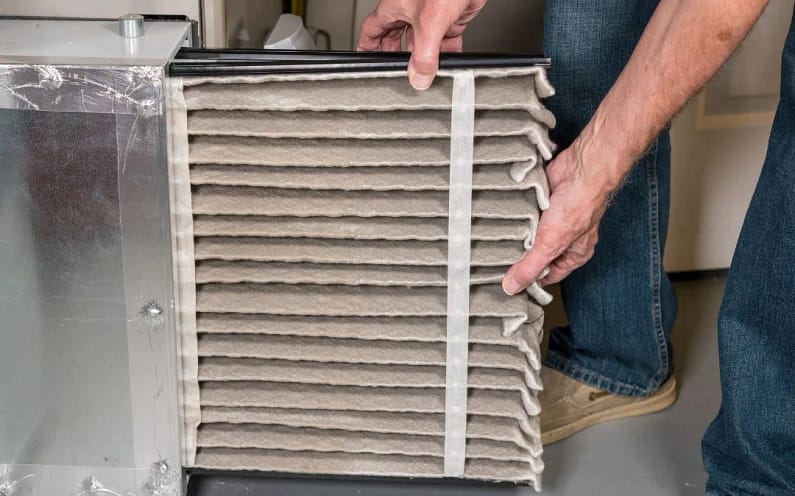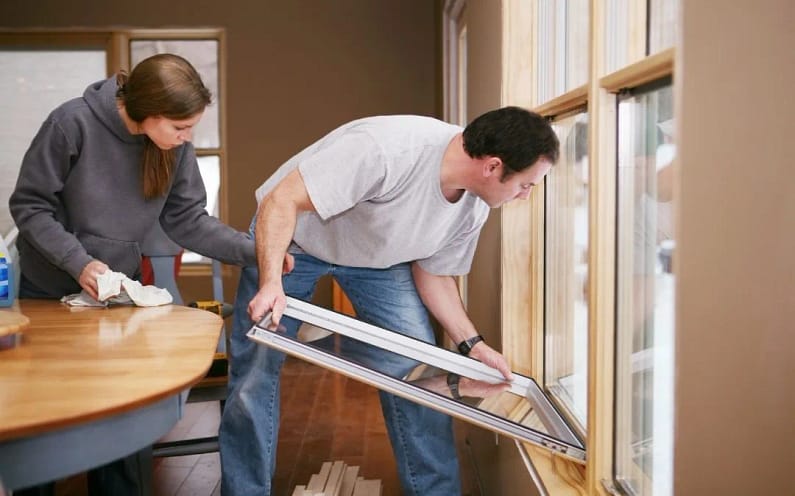In an era marked by increasing environmental awareness and rising energy costs, having an energy-efficient home is not just a trend; it’s a necessity. An energy-efficient home benefits the environment by reducing energy consumption and putting money back in your pocket through lower utility bills. So, how can you determine if your home is truly energy efficient? This blog post will guide you through checking your home’s energy efficiency and offer practical improvement tips.

The Importance of Energy Efficiency
Before we delve into how to check your home’s energy efficiency, let’s briefly explore why it matters:
- Lower Energy Bills: An energy-efficient home uses less energy to maintain comfortable living conditions. This significantly lowers energy bills, saving you money in the long run.
- Environmental Impact: Reduced energy consumption means a smaller carbon footprint. Energy-efficient homes contribute to a healthier planet by decreasing greenhouse gas emissions.
- Enhanced Comfort: Energy-efficient homes are often better at maintaining stable indoor temperatures, increasing comfort year-round.
- Increased Property Value: Energy-efficient features can boost your home’s resale value. They appeal to environmentally conscious buyers and those looking to save on energy costs.

How to Check Your Home’s Energy Efficiency
Assessing your home’s energy efficiency involves evaluating various aspects of your property, from insulation to appliances. Here’s a step-by-step guide to help you get started:
Conduct an Energy Audit
Whether performed by a professional or as a DIY project, an energy audit is an essential first step in evaluating your home’s energy efficiency. Here’s what it entails:
- Professional Audit: Hiring an energy auditor is a comprehensive way to assess your home. They use specialized equipment like blower door tests and thermal imaging to identify air leaks, insulation gaps, and other issues.
- DIY Audit: If you prefer a DIY approach, start by walking through your home and inspecting for common energy efficiency problems. Look for drafts around windows and doors, and check insulation in the attic and walls.
Evaluate Your Insulation
A well-insulated home is critical to energy efficiency. Check the insulation in your attic, walls, and floors. Look for:
- Attic Insulation: Ensure that your attic insulation is thick and evenly distributed. Insulation should cover the entire attic floor and be free of gaps.
- Wall Insulation: While checking wall insulation without opening walls is more challenging, you can assess its quality by examining your energy bills. A noticeable increase in energy costs may indicate poor wall insulation.
- Floor Insulation: Inspect the insulation if your home has a crawlspace or basement. Properly insulating the floor above these spaces can significantly improve energy efficiency.
Assess Your Windows and Doors
Windows and doors are common culprits for energy loss due to air leaks and inadequate insulation. Here’s what to look for:
- Air Leaks: Check for drafts around windows and doors. You can use a candle or an incense stick to detect air movement. If the flame or smoke flickers, it indicates a draft.
- Seals and Weatherstripping: Ensure that seals and weatherstripping around windows and doors are intact. Replace any worn-out or damaged seals to prevent drafts.
- Window Quality: Evaluate the quality of your windows. Energy-efficient windows typically have multiple panes, low-emissivity (low-e) coatings, and gas-filled gaps between the panes for better insulation.
Examine Your Heating and Cooling Systems
Heating and cooling systems are significant energy consumers. Regular maintenance and upgrades can improve efficiency:
- Maintenance: Schedule annual maintenance for your heating and cooling systems. Clean or replace filters and check for any issues hindering their performance.
- Thermostat: Install a programmable thermostat to optimize temperature settings when you’re away or asleep. Smart thermostats can learn your preferences and adjust accordingly.
- Energy-Efficient Appliances: Consider upgrading to energy-efficient appliances, such as Energy Star-rated models, which consume less energy while providing the same functionality.

Check Your Lighting
Lighting accounts for a substantial portion of a home’s energy consumption. To improve lighting efficiency:
- LED Bulbs: Replace incandescent and CFL bulbs with energy-efficient LED bulbs. LED bulbs last longer and use significantly less energy.
- Motion Sensors: Install motion sensors or timers for outdoor and indoor lighting to ensure lights are only on when needed.
- Natural Light: Make the most of natural light during the day. Keep curtains and blinds open to reduce the need for artificial lighting.
Inspect Your Water Heater
Water heaters are energy-intensive appliances. To optimize their efficiency:
- Temperature Setting: Lower the water heater to a comfortable but not scalding level. Most homes don’t require water that’s as hot as the default settings.
- Insulation: Consider insulating the water heater and the hot water pipes. This reduces heat loss and maintains water temperature for longer.
Seal Air Leaks
Identify and seal air leaks throughout your home. Common areas for air leaks include:
- Caulking: Use caulk to seal gaps and cracks around windows, doors, and baseboards.
- Weatherstripping: Apply weatherstripping to seal gaps around movable building components like doors and operable windows.
- Attic and Basement: Check for leaks in your attic and basement—seal gaps around electrical outlets, plumbing, and any openings that lead outside.
Improving Your Home’s Energy Efficiency
Once you’ve assessed your home’s energy efficiency, you may identify areas that need improvement. Here are some practical steps to enhance your home’s energy efficiency:
- Upgrade Insulation: Invest in additional insulation, especially if your home is older and lacks adequate insulation.
- Window and Door Replacement: If your windows and doors are outdated and drafty, consider upgrading to energy-efficient models.
- Sealing Ducts: Have your heating and cooling ducts professionally sealed to prevent air leaks.
- Regular Maintenance: Schedule regular maintenance for your heating and cooling systems and appliances.
- Energy-Efficient Lighting: Replace all remaining incandescent and CFL bulbs with energy-efficient LED lighting.
- Renewable Energy Sources: Explore using renewable energy sources like solar panels to generate clean electricity for your home.
- Smart Home Technology: Consider integrating smart home technology to monitor and control energy consumption more effectively.
Ensuring that your home is energy efficient is not just a matter of environmental responsibility; it’s also a wise financial decision. By thoroughly assessing your home’s energy efficiency and making the necessary improvements, you can enjoy lower energy bills, increased comfort, and the satisfaction of contributing to a greener future. Take action today to create an energy-efficient home that benefits you and the planet.

Curious If Vinyl Windows Are A Good Fit For Your Home?
If you are considering vinyl windows for your home, contact Window Depot of Annapolis today or call (410) 280-2657. Replacing your current windows with vinyl is popular among homeowners. Window Depot of Annapolis’s professional installers can assess your windows and let you know if vinyl windows are the right solution. Give us a call for a free quote today!



